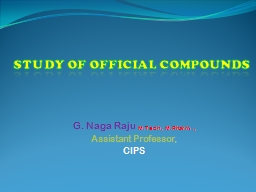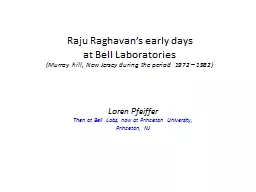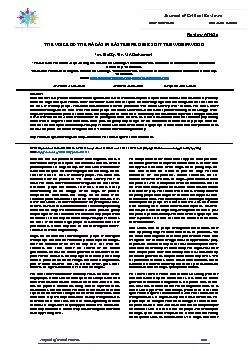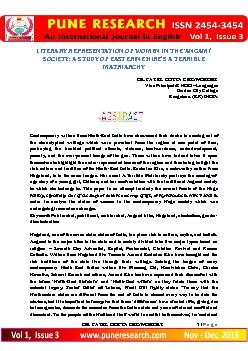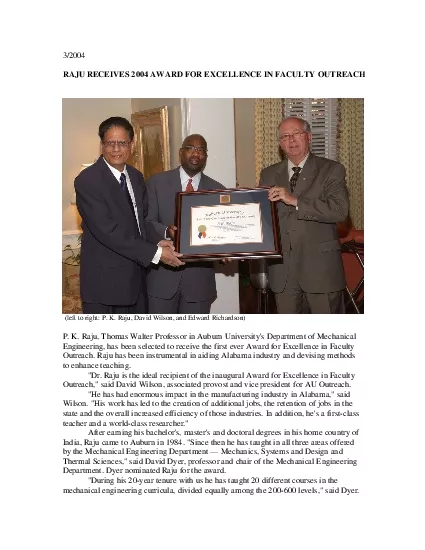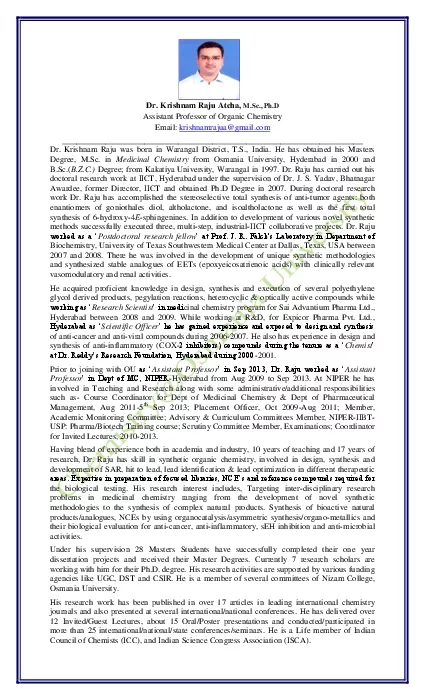PPT-G. Naga Raju M.Tech ,
Author : linda | Published Date : 2024-01-03
MPharm Assistant Professor CIPS Study of official compounds SALICYLIC ACID FORMULA C 7 H 6 O 3 Mol Wt 1381 PREPARATION Treatment of Sod Phenoxide with CO 2
Presentation Embed Code
Download Presentation
Download Presentation The PPT/PDF document "G. Naga Raju M.Tech ," is the property of its rightful owner. Permission is granted to download and print the materials on this website for personal, non-commercial use only, and to display it on your personal computer provided you do not modify the materials and that you retain all copyright notices contained in the materials. By downloading content from our website, you accept the terms of this agreement.
G. Naga Raju M.Tech ,: Transcript
Download Rules Of Document
"G. Naga Raju M.Tech ,"The content belongs to its owner. You may download and print it for personal use, without modification, and keep all copyright notices. By downloading, you agree to these terms.
Related Documents

